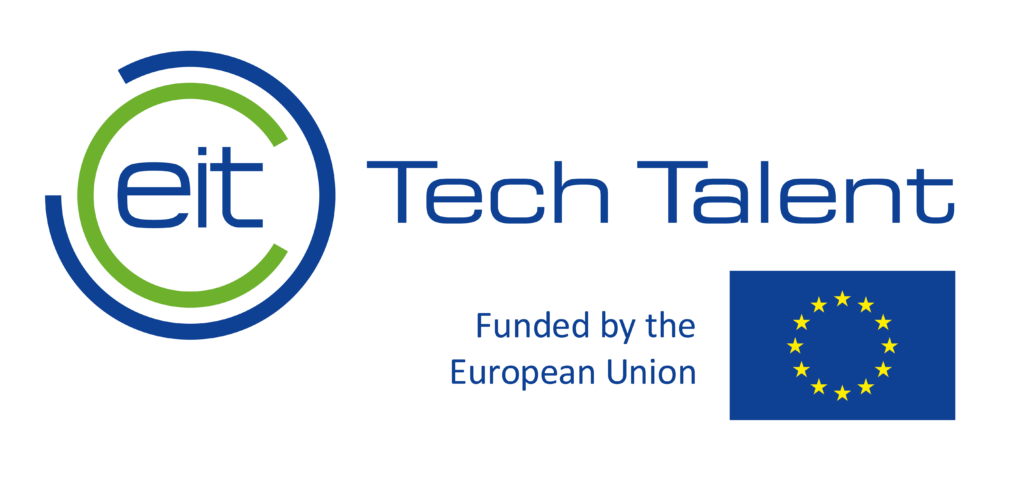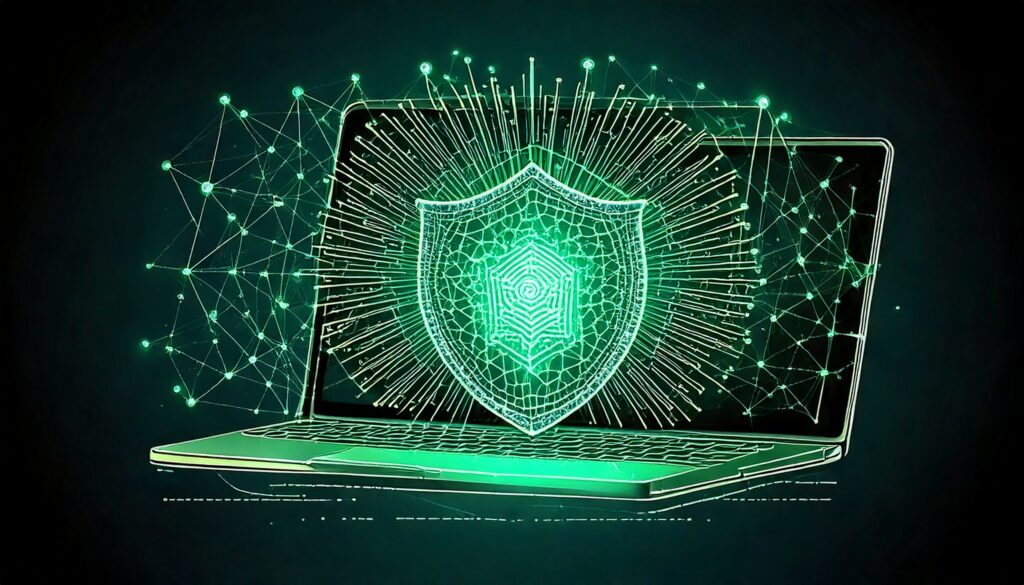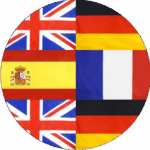


About the course
The ADvanced End-to-end QUAntum computing TEchnical course (ADEQUATE), funded by the EIT Deep Tech Talent Initiative, provides a complete overview of the established quantum algorithms and computational techniques, accessible to a broad audience, with no requirement of prior familiarity with quantum physics.
Instructor
QWorld is a global network of individuals, groups, and communities collaborating on education and implementation of quantum technologies and research activities. It is a non-profit organisation that brings quantum computing researchers & enthusiasts together. In collaboration with QURECA through education and skill development opportunities, QWorld is training the next generation of quantum scientists.
Learning objectives
Following a hands-on, interactive learning approach using quantum programming languages such as Qiskit and PennyLane, it provides a solid understanding of the fundamental principles of quantum computing, building the necessary skills to independently apply it to solving specific problems.
The course takes the approach of learning by application and problem solving, consisting of content and projects which are suitable for testing on actual quantum computing hardware. The training contextualises the historical development of quantum computing as well as its current and future applicability to scientific and industrial challenges.
What skills you will learn
- Gain a solid understanding of the fundamental principles and concepts of quantum computing.
- Learn to program and run quantum algorithms using leading quantum programming languages and real quantum hardware.
- Explore key quantum algorithms and their practical applications in science and industry.
- Understand quantum hardware and software platforms, as well as basic error correction and mitigation techniques.
- Discover the basics of quantum machine learning and quantum neural networks, and how they can be applied to solve real-world problems.
Programme Structure
- History of quantum computing
- Quantum Science and Technology 1.0 & 2.0
- Key milestones and technological advancements
- National initiatives
- Future trends and impact on industries
- Quantum computing use cases
- Single Classical System
- Classical Coin Flipping
- Multiple Classical Systems
- Single Quantum System
- Quantum Coin Flipping
- Multiple Quantum Systems
- Correlation and Entanglement
- Visualising (Real) Operations on Unit Circle
- Dense Coding and Teleportation
- Phase-Kickback
- Deutsch-Jozsa
- Bernstein-Vazirani
- Simon’s Algorithm
- Grover’s Algorithm for Unstructured Search
- Quantum Hardware (superconducting, trapped ion, photonics, quantum dots, neutral atoms, nitrogen vacancies)
- Quantum Software (SDKs, platforms, error-correction)
- Hybrid quantum computing (quantum simulators and emulators, quantum annealing, HPC centres)
- Programming on real quantum computers
- Complex Numbers
- Quantum Fourier transform
- Quantum phase estimation algorithm
- Reducing factorisation to order finding
- Shor’s algorithm for integer factorisation
- Parametrised quantum circuits, overview of variational quantum algorithms
- Time evolution of quantum system, Hamiltonian
- Quantum Approximate Optimisation Algorithm (QAOA)
- Quadratic unconstrained binary optimisation (QUBO)
- QUBO as Ising Hamiltonian
- Variational Quantum Eigensolver (VQE)
- Errors in quantum computers: gate errors, read-out errors
- Basics of Error correction
- Quantum error correction codes (QECCs)
- Simple quantum codes (repetition, Shor)
- Error mitigation on NISQ hardware: dynamic decoupling; zero-noise extrapolation
- QML overview
- Optimisation (QAOA, VQE)
- Quantum Classifier/regression
- Quantum data and quantum features
- Quantum-Enhanced Algorithms (QSVM, QPCA)
- Introduction to Quantum Neural Networks (QNNs)
- Design and Training of Quantum Neural Networks
- Quantum Circuit Born Machines (QCBMs)
- Quantum Feedforward Neural Networks (QFNNs)
- Quantum Convolutional Neural Networks (QCNNs)
- Quantum Generative Adversarial Networks (Quantum GANs)
- Quantum Autoencoders or Quantum Recurrent Neural Networks (optional)
Course Prerequisites
All potential learners must have expertise in python.
Duration
The estimated duration to complete this course is approximately 50 hours.
Assessment
Pass all the quizzes at the end of each lesson by scoring 80% or more to complete the course and earn the certificate upon completion.
Who Should Enrol
This course is ideal for anyone interested in learning about quantum computing.
Why Enrol
Enrol in the programme backed by the EIT and funded by the European Commission that provides hands-on training into practical Quantum Computing applications and shape the future of the next generation of deep tech leaders.
Quantum up!
Don’t miss your chance to advance your career in one of the most exciting and innovative fields today!
Reach out to us today to secure your spot!
This course is funded by the EIT Deep Tech Talent Initiative of the European Institute of Innovation and Technology (EIT)




